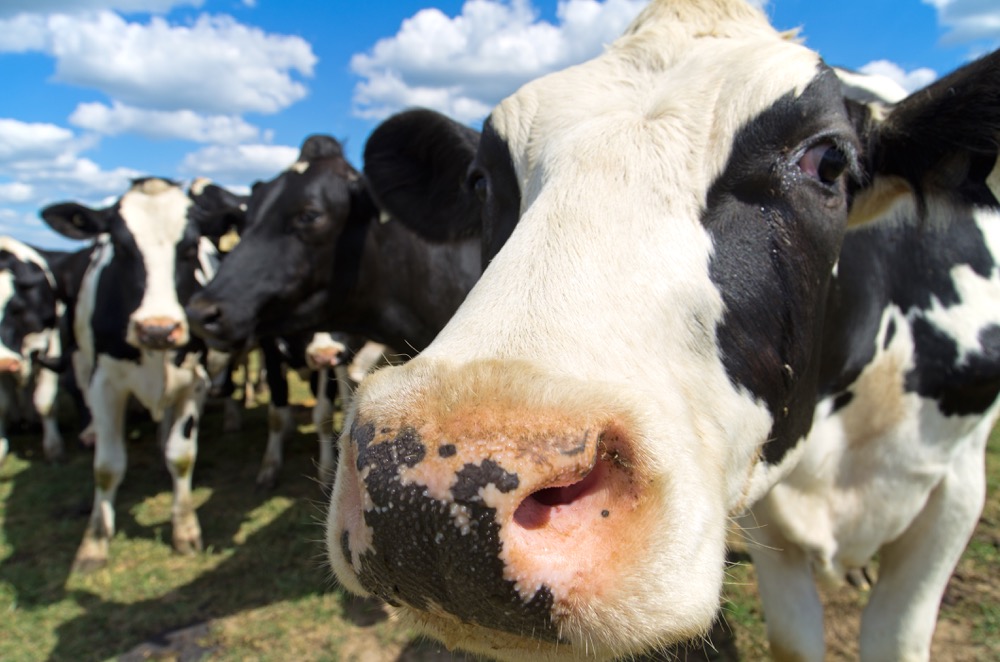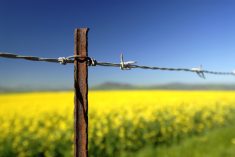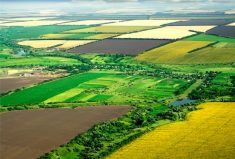In overall climate discussion, there is constant reference to trade in terms of carbon sequestration known as carbon credits.
This is a global movement in carbon offsets under an assumption that the land, sea, and forests will absorb all carbon from total greenhouse gases. Does this benefit Canadian farmers and consumers?
It’s a complex matter and current research indicates that a soil carbon sink is naturally balanced with a 12-year cycle to absorb agricultural flow gases. Flow gases are naturally occurring and include methane, which comes from both ruminants and ground disturbance.
Read Also

Guarding against misinformation: Do you believe in house hippos?
Misinformation and disinformation run rampant in today’s digital age. Farmers must be wary of the digital dangers and know how to keep themselves safe.
Greenhouse gases also contain stock gases such as carbon dioxide, an odourless and colourless atmospheric gas that comes largely from fossil fuels, and occurs naturally in decomposition and respiration. It accounts for the majority of greenhouse gases.
More with Brenda Schoepp: Climate-focused diet misses the mark in targeting meat
Nitrous oxide, which comes from such sources as chemicals, fossil fuels, wastewater treatments and fertilizer, is the other major greenhouse gas. The latter two have a lifespan of 200 to 1,000 years, far greater than methane.
Carbon dioxide sequestration remains the target action for industries outside of agriculture and outside our borders through the purchase of carbon credits. These credits do not have an appreciating monetary value.
Agriculture has not adequately researched the impact of such foreign and non-agricultural investment by commercial polluters in food production lands used as carbon sinks. This is concerning because the open carbon credit market in Canada is not regulated, secure or liable and a legal framework does not exist. Nor are there any precedent cases should land be changed, rented, leased, altered or sold under a carbon credit agreement.
[RELATED] Federal climate cash gets a welcome from producers here
There are two types of carbon markets in Canada.
Regulatory compliance-based offset programs exist in Alberta, B.C., Quebec and are under development at the federal level. The regulatory framework being developed under the federal Greenhouse Gas Offset Credit System is not yet fully understood.
Should a farmer decide to participate in this system, they will need to follow the Canadian Greenhouse Gas Offset Credit System Regulations. Projects that sequester carbon require up to a 100-year permanence and if a reversal occurs, all the credits generated by the project until that date are revoked.
Voluntary offset systems are established through contracts with other entities and there is less certainty about the credibility of the systems and the claims made by the proponents. This increases the risk for farmers who enter third-party agreements for soil sequestration projects without appreciating the full costs and implications.
These agreements, including setting out how much the farmer will get in compensation, are determined through negotiations and are external to provincial or federal programs. A landowner cannot participate in both.
[RELATED] Another way to lower emissions from fertilizers
In private deals, the fine print often reads that should a reversal occur during the lifetime of the agreement, the landowner must pay back the entire sum.
So, if there is a ground fire on year 19 of a 20-year agreement, that could mean a rollback of all carbon credit to date in a compliance-based system or a repayment of the entire sum.
In Canada, more than 40 per cent of food production land is under short-term lease, which by default benefits only the landowner. There is no current model that acknowledges or rewards any appreciating value as carbon is sequestered.
This is unfair and leaves the landowners and renting farmers stuck in a long-term agreement that paid very little up front and has no mechanism for rewarding increased soil carbon.
As this muddle is without a legal and regulatory framework, it could be catastrophic to Canadian farmers, with the potential to limit their ability to make crop production choices, sell or lease land, own livestock or access capital.
The cost to properly measure soil carbon sequestration and provide enough data to develop an on-site algorithm is reportedly $45 an acre, which would be an annual $1.8 billion expenditure for Canadian farmers.
[RELATED] Federal government sows cash to reap environmental rewards
Even with the baseline costs, farmers themselves have calculated that the benefit of increasing soil health and capturing on-farm carbon has a greater advantage to them financially than selling carbon credits for a small sum.
The only way the commercialization of carbon sequestration works is when the farmer takes control and sets the terms of an annual or short-term agreement.
To date, long-term, complicated caveats and covenants that last 20 to 100 years have been placed on farmers and ranchers in the sale of carbon offsets. Based on the procurement interests in Canada, land values will certainly further escalate as properties are grabbed or locked up by commercial polluters. This further pressures the young farmers whom the industry is trying to attract and retain.
Without careful evaluation of the potential of future shifts in food production, current climate policies and investment in carbon credits could very well have the unintended consequence of a negative effect on food security in an already inflationary environment.
















